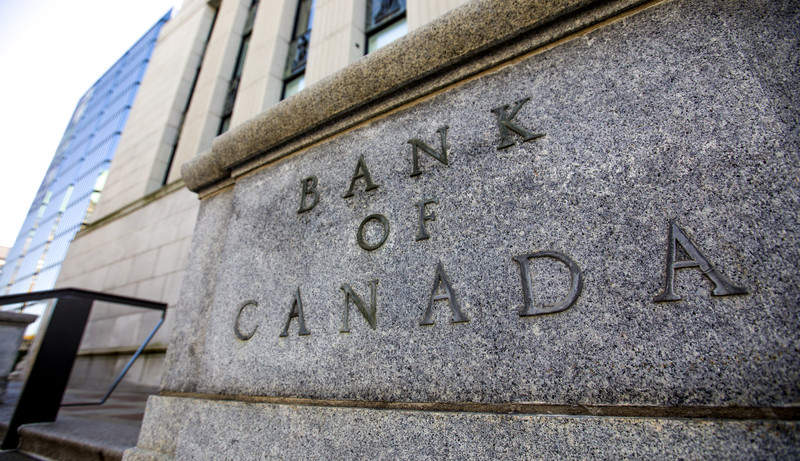The Bank of Canada (BoC) is on track to give “monetary tightening” a whole new meaning by losing between $5 billion and $6 billion over the next few years.
What happened: The central bank is in the hole for the first time in its history after getting gotcha’d by its own high-interest rates, which means it now earns less from its assets and pays more for liabilities—which are mostly deposits from Bay Street banks.
Catch up: In 2020, the BoC began buying massive quantities of government bonds (then owned by banks and investors) as part of a quantitative easing (QE) program aimed at lowering interest rates to stimulate the economy during the pandemic.
- Banks and investors who sold their bonds now have the equivalent of deposits at the BoC, which pays them interest equal to the benchmark overnight rate (now 3.75%).
Why it matters: The government will miss out on BoC money until it returns to profitability (expected by 2025), but the losses also “present a political predicament and communications challenge for the bank and federal government,” wrote Mark Rendell of The Globe and Mail.
- Central bankers can create money (kind of) but not to save their tails. If the government steps in to cover the losses, it could damage the bank’s brand as an independent, arm’s-length-from-politics institution.
Zoom out: The BoC isn’t alone. Last year, the US Federal Reserve lost US$109 billion (which will be paid as it returns to profitability), Australia’s central bank lost AU$36.7 billion, and the British government earmarked £11 billion to cover the Bank of England’s losses.
